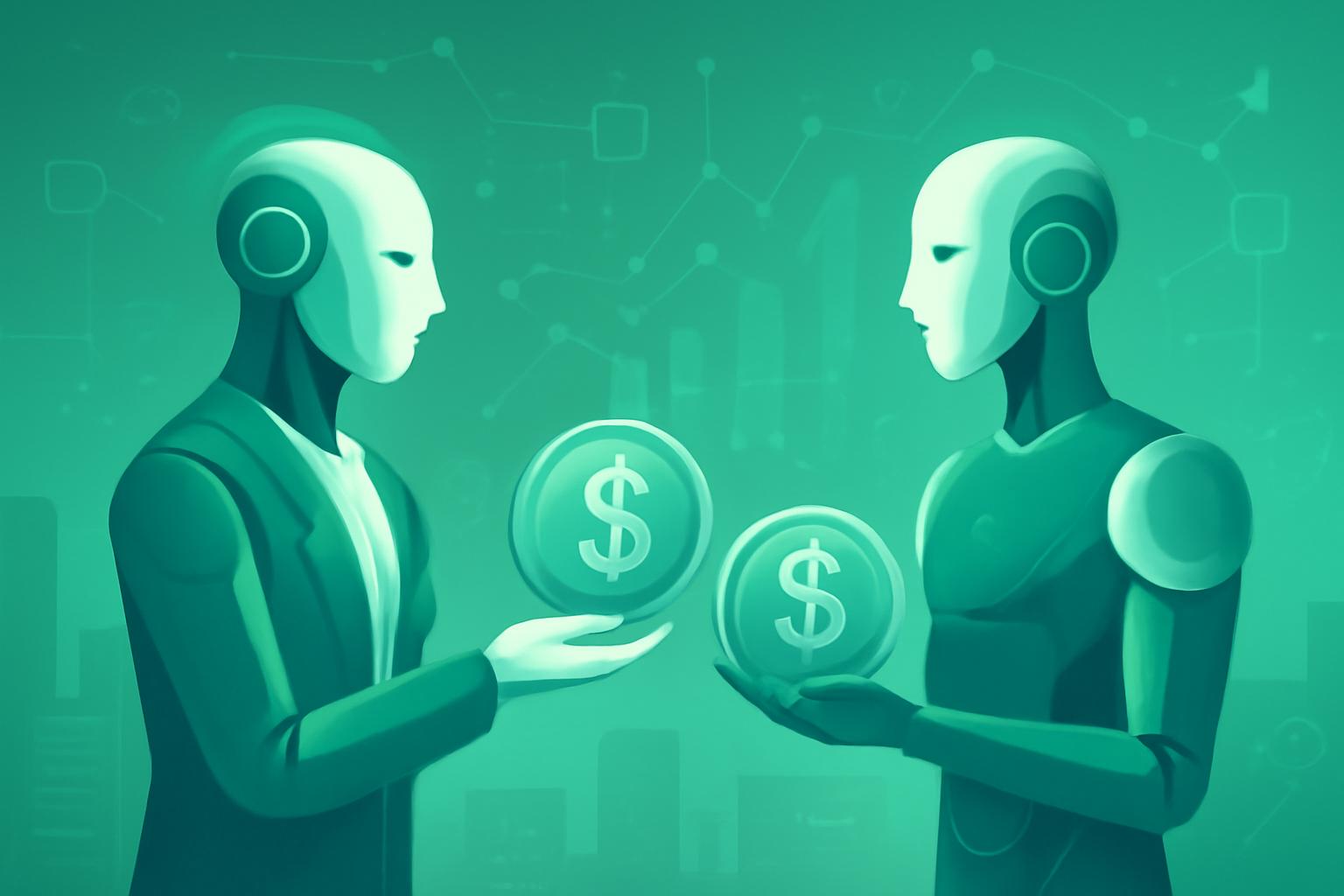Google Unveils Open-Source Protocol for AI Payments with Stablecoin Integration
Google has introduced a new open-source payment protocol that enables artificial intelligence (AI) applications to send and receive payments, including those made with stablecoins. This development underscores the expanding role of dollar-pegged cryptocurrencies in facilitating transactions within the emerging AI-powered digital economy.
The initiative was launched in collaboration with major firms such as Salesforce, American Express, and over 60 other partners, according to a report by Fortune. Stablecoin integration was specifically developed in partnership with cryptocurrency exchange Coinbase, while the Ethereum Foundation also provided consultation on the project.
James Tromans, head of Web3 at Google Cloud, confirmed that the protocol supports both traditional payment rails and upcoming functionalities like stablecoins. Coinbase engineer Erik Reppel emphasized their collaboration with Google to ensure interoperability between payment systems, noting the collective effort to enable AI systems to transmit value autonomously.
Building on the Agent2Agent Protocol
This payment protocol enhances Google’s previously introduced Agent2Agent Protocol, launched in April, which establishes a framework for AI agents to exchange data and interact more effectively. The original protocol was supported by more than 50 technology partners, including PayPal, Salesforce, SAP, and consulting firms such as Deloitte, McKinsey, and PwC.
The recent announcement aligns with broader industry trends aimed at integrating autonomous AI agents with decentralized finance (DeFi) protocols. Such integration promises to streamline trading processes, improve user interactions, and expand practical payment applications in various sectors.
Growing Momentum for Stablecoin Use in AI
Stablecoins are emerging as a crucial crypto use case for AI applications, especially as both technologies gain wider mainstream acceptance. Their regulatory standing has been strengthened in the United States through legislation like the GENIUS Act, further encouraging adoption.
Mike Novogratz, CEO of Galaxy Digital, has highlighted stablecoins’ pivotal role, predicting that AI agents will become the largest users of these digital assets. Similarly, the Ethereum Foundation has recognized stablecoins’ potential to power AI-driven applications. In August, the foundation referenced the HTTP 402 status code—indicating “payment required”—and Ethereum Improvement Proposal (EIP) 3009 as mechanisms that could enable AI agents to execute stablecoin transactions automatically, positioning autonomous agents as significant future users of Ethereum’s network.
FinOracleAI — Market View
Google’s introduction of an open-source AI payment protocol with stablecoin support represents a significant step toward embedding cryptocurrency within AI-powered economic frameworks. The collaboration with Coinbase and consultation from the Ethereum Foundation lend credibility and technical robustness to the project.
This development could accelerate the adoption of stablecoins as a practical medium for AI-driven transactions, potentially increasing demand for such tokens. However, regulatory uncertainties and interoperability challenges remain risks to watch. Market participants should monitor how quickly AI applications begin to utilize stablecoins for payments and whether other major tech players follow suit.
Impact: positive













